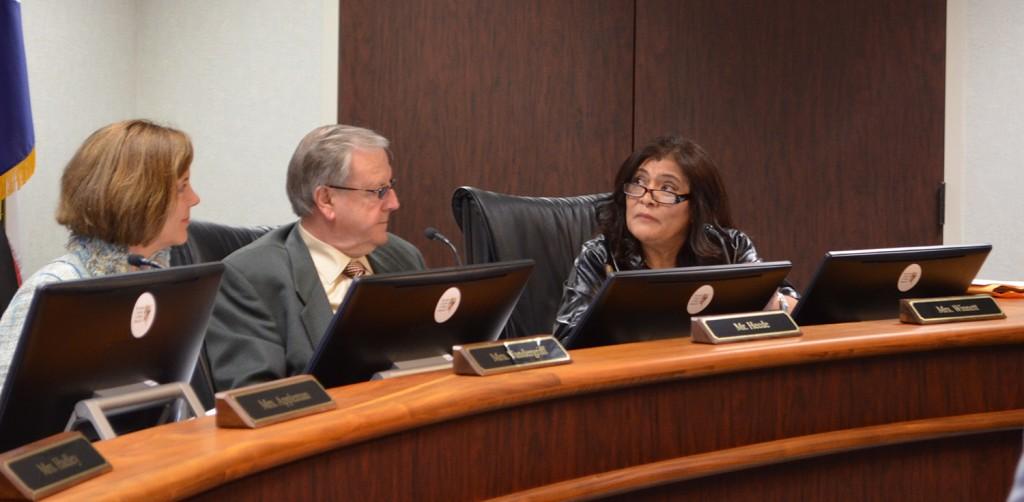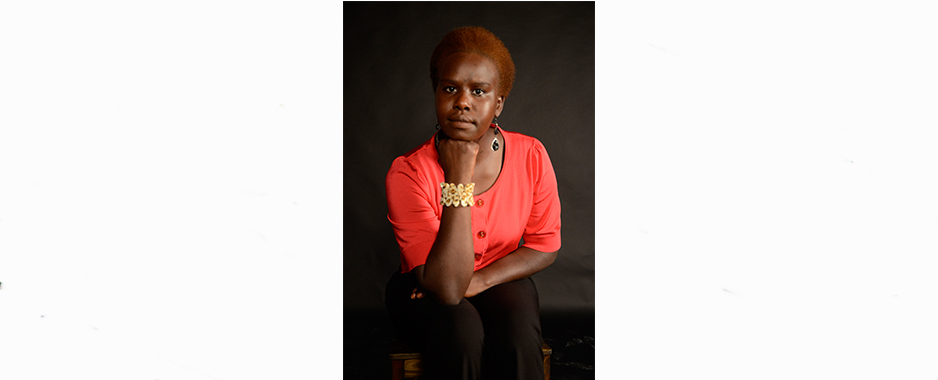By Mathew Shaw/se news editor
SE math associate professor Brunilda Santiago has a way of tutoring her students without being in their physical presence.

She does this with the help of her smart pen, an electronic device that records and stores both handwriting and audio.
“I use it to be able to communicate information with audio,” she said. “I used to just send my students PDF documents, but with a smart pen I can send a PDF document with audio, and that is a way to engage the students with the content and send a personal touch.”
To help students with test reviews, for example, Santiago uses the pen to record her voice while working over problems. She then uploads it onto the Internet for her students. This is especially useful for her online students.
“It allows me to develop the relationship with online students,” she said. “They feel more connected, and they take more courses with you.”
Santiago’s use of smart pens is one example of successful classroom engagement, which is encouraged by SEEMS, or Southeast Engagement Model Showcase.
Krista Robisheaux, SE academic support services coordinator and SEEMS facilitator, said the program is composed of faculty who identify teaching strategies and uses of technology that engage students. The team also finds ways of sharing that information with other faculty members to inspire new ideas and ways of teaching.
SE president Bill Coppola said it was the next phase of the Achieving the Dream project.
“SEEMS is really more of a project or showcase for faculty to share their best practices as it involves student and faculty engagement,” he said.
Another approach to student engagement is a learning community, which on SE takes the form of two courses combined into one. SE sociology assistant professor and SEEMS committee member Sharon Wettengel and SE government instructor Ruthann Geer teach Introduction to Sociology and Texas Government as a combined unit.
“Students get credit for both classes, and they’re scheduled one after the other,” Wettengel said. “It’s a collaborative approach to teaching where we integrate the curriculum.”
She said the best way to describe it would be a shared lecture and guided discussion. The syllabi for both classes are combined with a theme of “Power, Politics, Pop Culture.”
“Most students love the format because they like being in class with the same group of students because they can get to know each other better,” she said. “[Most importantly,] it helps students see the bigger picture in society.”
SE student Dennis Fiveash, who took Wettengel and Geer’s course last fall, said besides the obvious benefit of getting two blocks of credit out of the way, another benefit for him was the connectedness of the material so what he learned stayed with him on a deeper level.
Fiveash said key teaching strategies include getting the students involved.
“You can’t just sit there and lecture to them,” he said.
He also said Wettengel and Geer worked well as a team, which particularly helped with student engagement.
“It’s team teach instead of just teacher one plus teacher two,” he said. “It’s more tangible … it’s deeper.”




























